Description
High-Purity Acetone: A Versatile Solvent for Demanding Applications
Acetone, a clear, colorless liquid with a distinctive odor, is a ubiquitous solvent found in households and industries alike. While readily available in various grades, high-purity acetone stands out for its exceptional purity and controlled composition, making it a critical component in a wide range of demanding applications where even trace contaminants can be detrimental.
What Makes High-Purity Acetone “High-Purity”?
The key differentiator lies in the stringent manufacturing and purification processes employed to minimize impurities. Standard acetone often contains water, alcohols, and other organic compounds. High-purity acetone, however, undergoes additional purification steps such as distillation, filtration, and adsorption to achieve significantly lower levels of these contaminants. This results in a product with:
- Extremely low water content: Minimizes interference in water-sensitive reactions and ensures accurate analytical results.
- Minimal non-volatile residue: Prevents contamination and buildup in sensitive equipment.
- Controlled acidity and alkalinity: Ensures stability and prevents unwanted side reactions.
- Defined levels of other specific impurities: Tailored to the specific requirements of the application.
Why is High-Purity Important?
The enhanced purity of this solvent translates to a multitude of advantages in various fields:
- Pharmaceuticals: High-purity acetone is crucial in pharmaceutical manufacturing, used for purification, crystallization, and extraction of active pharmaceutical ingredients (APIs). Its low impurity profile ensures the integrity and safety of medications.
- Electronics: In the electronics industry, it serves as a cleaning agent for sensitive components like circuit boards and semiconductors. Its ability to remove residues and contaminants without leaving behind any harmful traces is vital for ensuring the functionality and reliability of electronic devices.
- Laboratory Research: Analytical chemistry, chromatography, and spectroscopy all rely on high-purity solvents to provide accurate and reproducible results. High-purity acetone minimizes interference and eliminates spurious signals, leading to more reliable data and improved research outcomes.
- Cosmetics and Personal Care: In the production of cosmetics and personal care products, high-purity acetone acts as a solvent for fragrances, polymers, and other ingredients. Its low toxicity and controlled composition ensure the safety and quality of these products.
- Chemical Manufacturing: As a versatile solvent and intermediate, high-purity acetone plays a critical role in various chemical processes, including the production of polymers, resins, and other industrial chemicals. Its controlled composition ensures consistent reaction yields and product quality.
Specific Applications:
Here are some examples of how high-purity acetone is utilized:
- HPLC (High-Performance Liquid Chromatography): Used as a mobile phase component, ensuring sharp peaks and accurate quantification.
- Spectroscopy: Used as a solvent for sample preparation, minimizing spectral interferences.
- Extraction of Natural Products: Extracts desired compounds from plant materials with minimal co-extraction of unwanted substances.
- Cleaning Semiconductor Wafers: Removes contaminants and ensures proper adhesion of subsequent layers.
- Formulating Nail Polish Removers: Provides effective and safe removal of nail polish without damaging the nail bed.
Choosing the Right Grade:
While high-purity acetone offers numerous advantages, it’s crucial to select the appropriate grade for the specific application. Different grades exist, each with varying levels of purity and specific characteristics. Factors to consider include:
- Purity Level: Match the required purity to the sensitivity of the application.
- Impurity Profile: Consider the specific contaminants that need to be minimized or absent.
- Packaging: Select appropriate packaging to maintain purity and prevent contamination.
- Supplier Reputation: Choose a reputable supplier known for quality control and consistent product performance.
Conclusion:
High-purity acetone is more than just a common solvent; it’s a critical ingredient that enables countless demanding applications across various industries. Its enhanced purity, controlled composition, and versatility make it an indispensable tool for achieving accurate results, ensuring product quality, and maintaining the integrity of sensitive processes. By understanding the importance of purity and selecting the right grade for the specific application, users can unlock the full potential of this remarkable chemical.




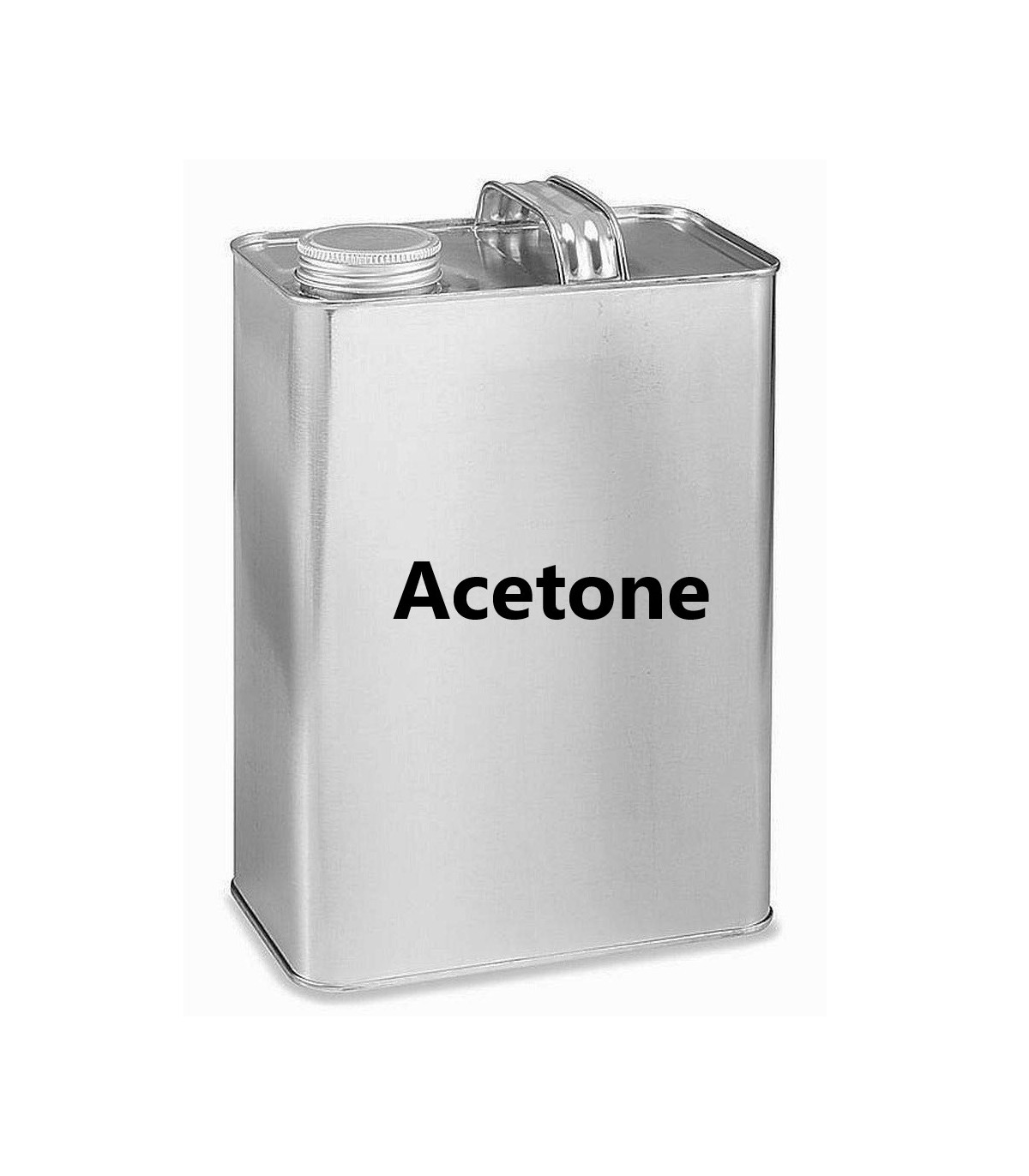

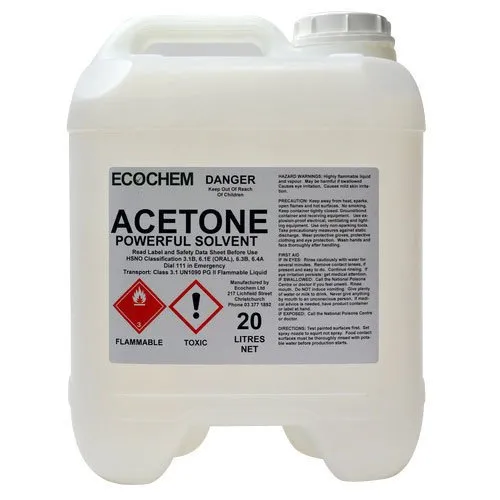
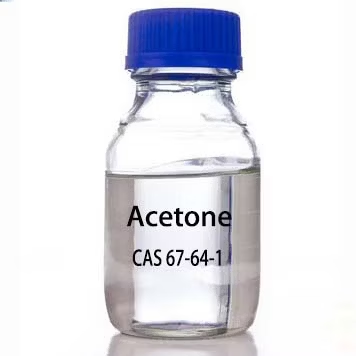
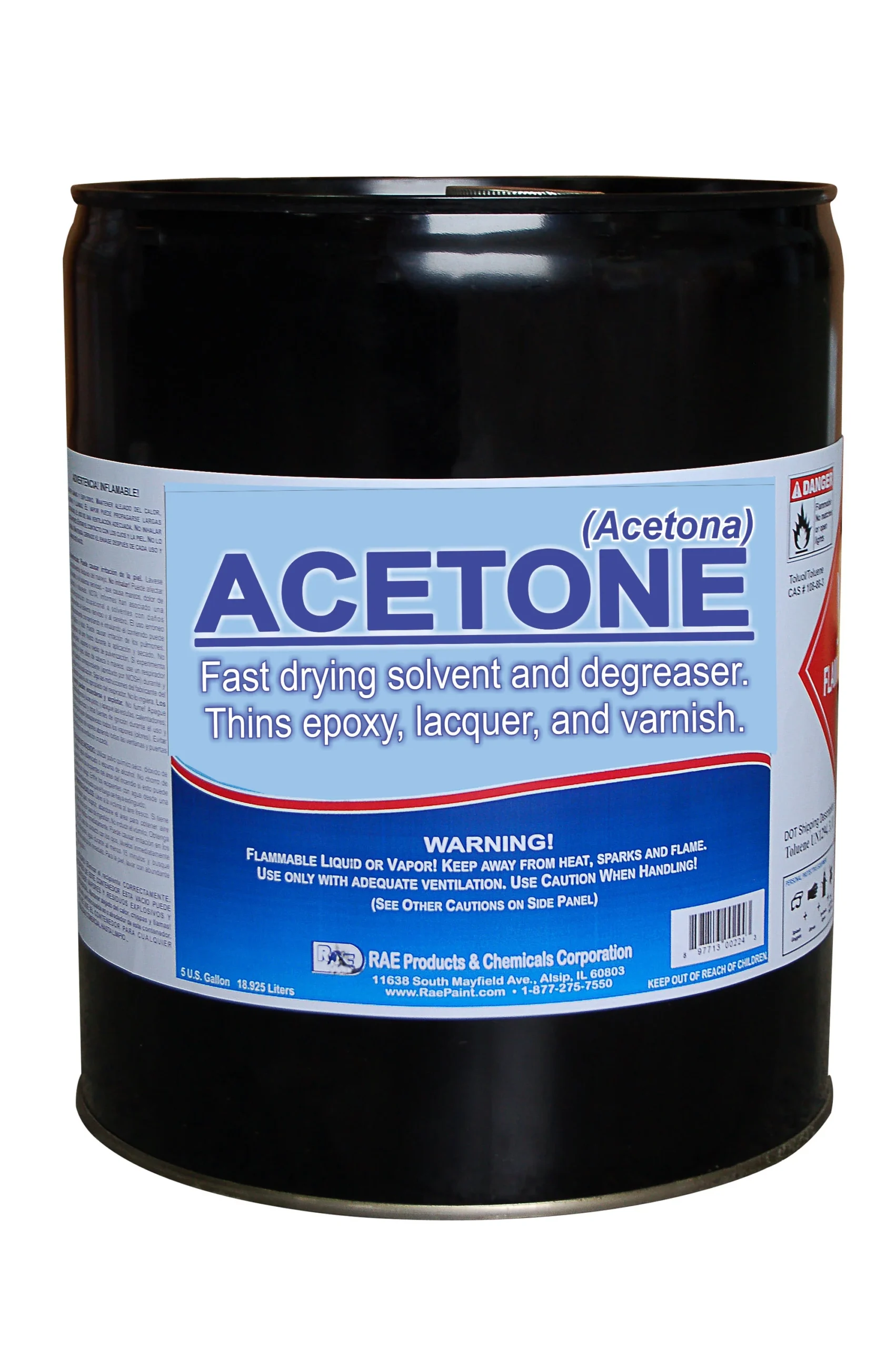
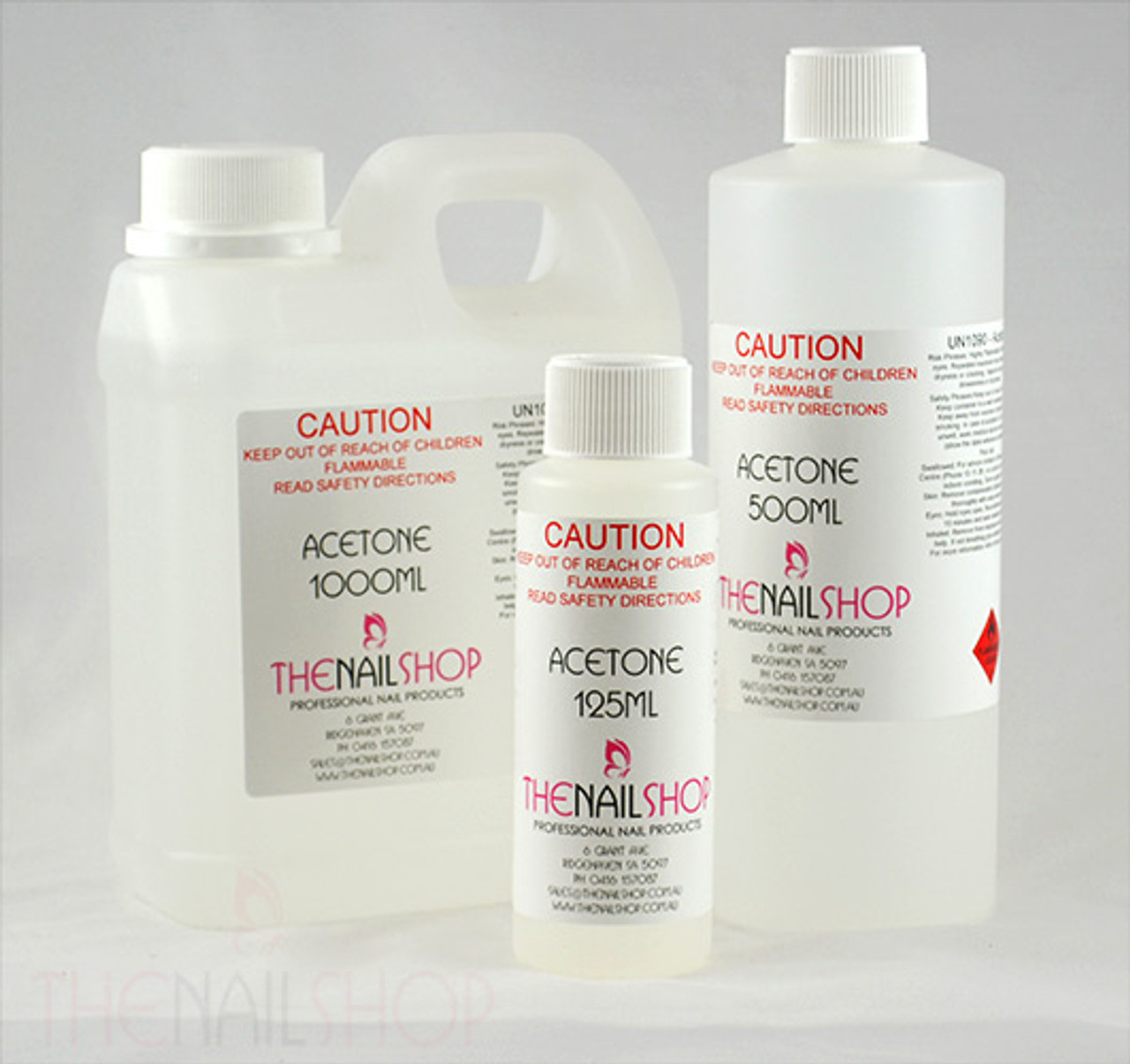

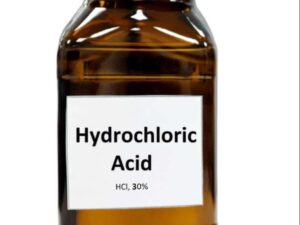


Reviews
There are no reviews yet.